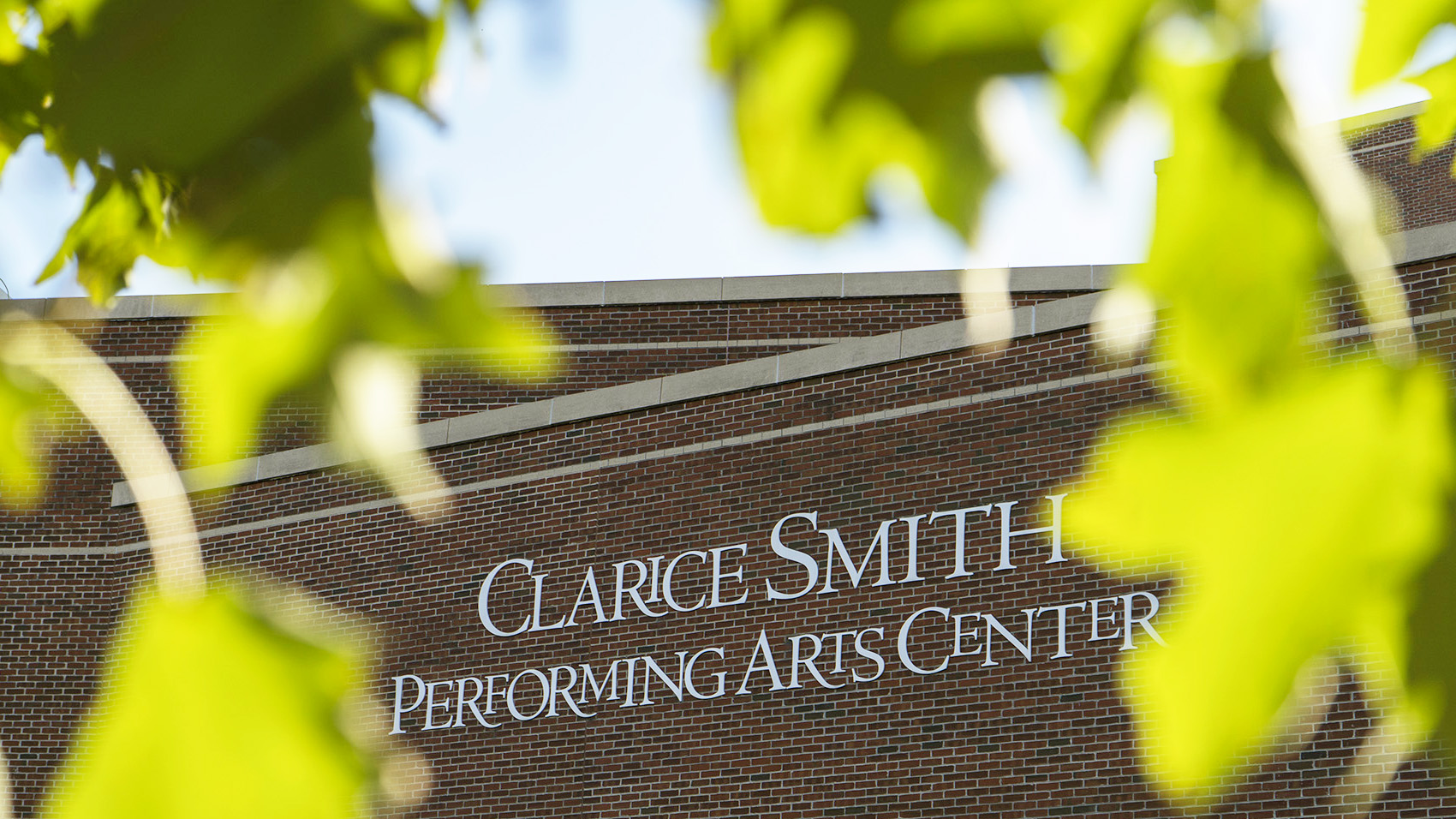University of Maryland dance, theater and performance studies school faculty members created original choreography that students performed in a staff showcase this weekend at the Clarice Smith Performing Arts Center.
The Faculty Dance Concert gives faculty a chance to creatively express their interests outside of dance. Four faculty members each choreographed a performance that served as a reflection of their research or general interests.
“A lot of people think the only thing we do is make dances and perform,” Alvin Mayes, a dance principal instructor and the concert’s director, said. “People don’t often hear us talk about what our research interests are.”
Faculty in the department decide who will be choreographers toward the end of the year. After auditions with student dancers, faculty members assign students to their respective choreographers.
University of Maryland dance, theater and performance studies school faculty members created original choreography that students performed in a staff showcase this weekend at the Clarice Smith Performing Arts Center.
[From old Scottish folk to Dolly Parton: UMD a cappella groups perform at Memorial Chapel]
Each faculty member’s preparation looks slightly different, Mayes said. Some have classes where they work and build upon choreography they’re already teaching. But Mayes’ dance was inspired by his research on homelessness.
Mayes’ performance incorporated group and partner work, as well as stage design that replicated a street alley.
Mayes auditioned student dancers who were interested in the topic, and from there they worked together to come up with the choreography. He provided some ideas, but let the dancers bring their own emotional elements and interpretation.
Choreographer and artist in residence in the dance, theater and performance studies school Kate Ladenheim followed a similar process.
“I downloaded a series of poses and movements from a motion capture library, and I strung them together in a choreography,” Ladenheim said. “
Ladenheim researches how bodies in motion are impacted by social and technological pressure. One of the ways this manifests is in the relationship between live and digital bodies, which is what Ladenheim’s piece focuses on, she said.
Projects in theater and performance are very collaborative, Ladenheim said. Building a good relationship with the dancers and set designers was an important part of creating her work, they added.
“I think calling out the importance of collaboration in creating these projects, and having it be a research inquiry that is led by faculty, but then also taken in a number of creative directions by students is a really important aspect of this show,” Ladenheim said.
[Classes, coffee and community: Shop Made comes to College Park]
Associate dance professor and choreographer Adriane Fang’s approach contained similar elements, with a focus on the numerous things that compete for people’s attention in their everyday lives, including family, everyday tasks and wars around the world.
Fang’s performance also highlights the support systems people need to accomplish their tasks.
Having dancers who were good collaborators and open about choreography was important to Fang when creating her piece, she said.
Dancers skillfully incorporated props and small speaking roles, which gave the performance a much more humorous, lighthearted tone.
“A big thing in our exploration is the theater students are dancing, and the dancers are speaking,” Fang said. “The exponential power that breaking down those barriers can give you can really lead to something that’s new.”



